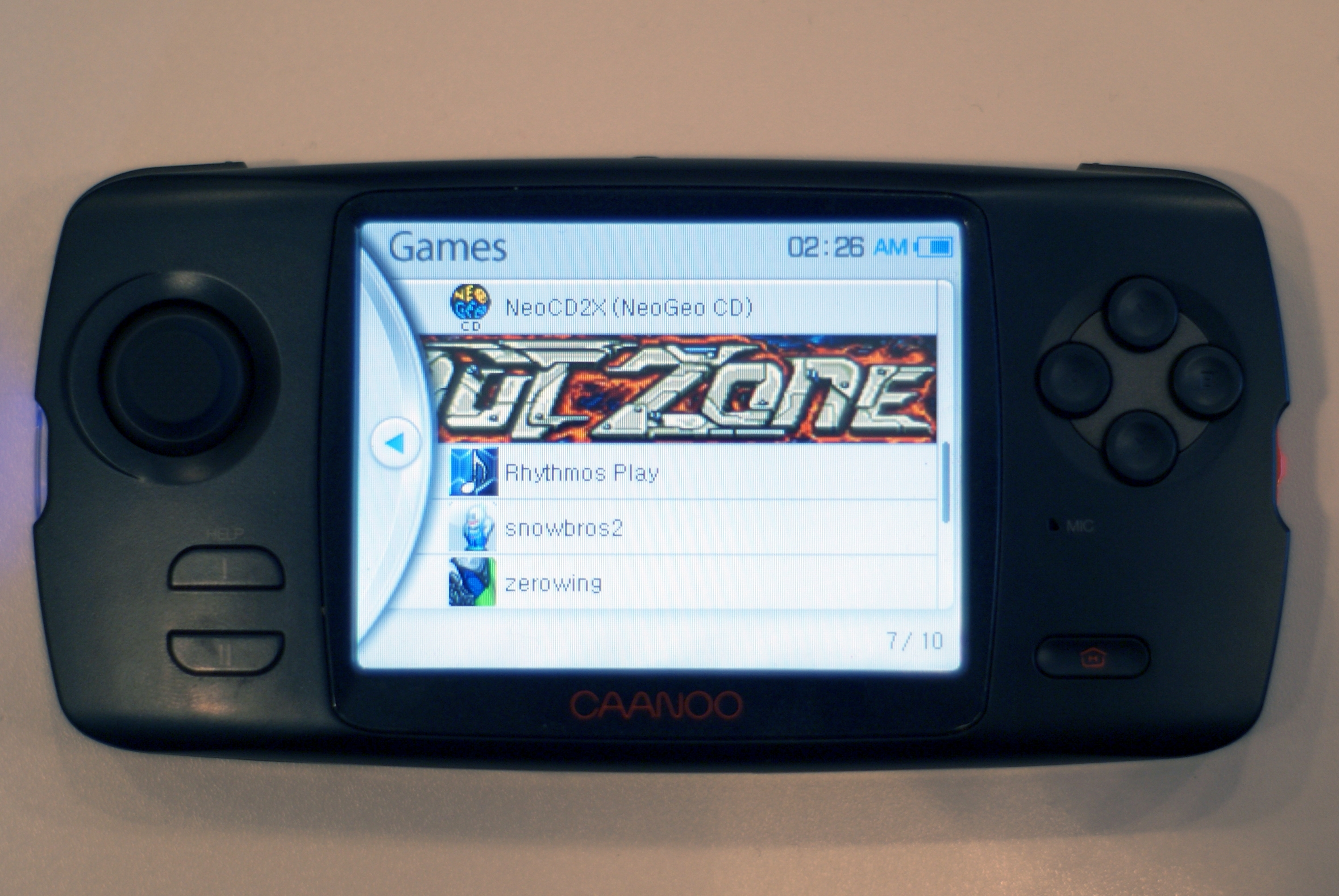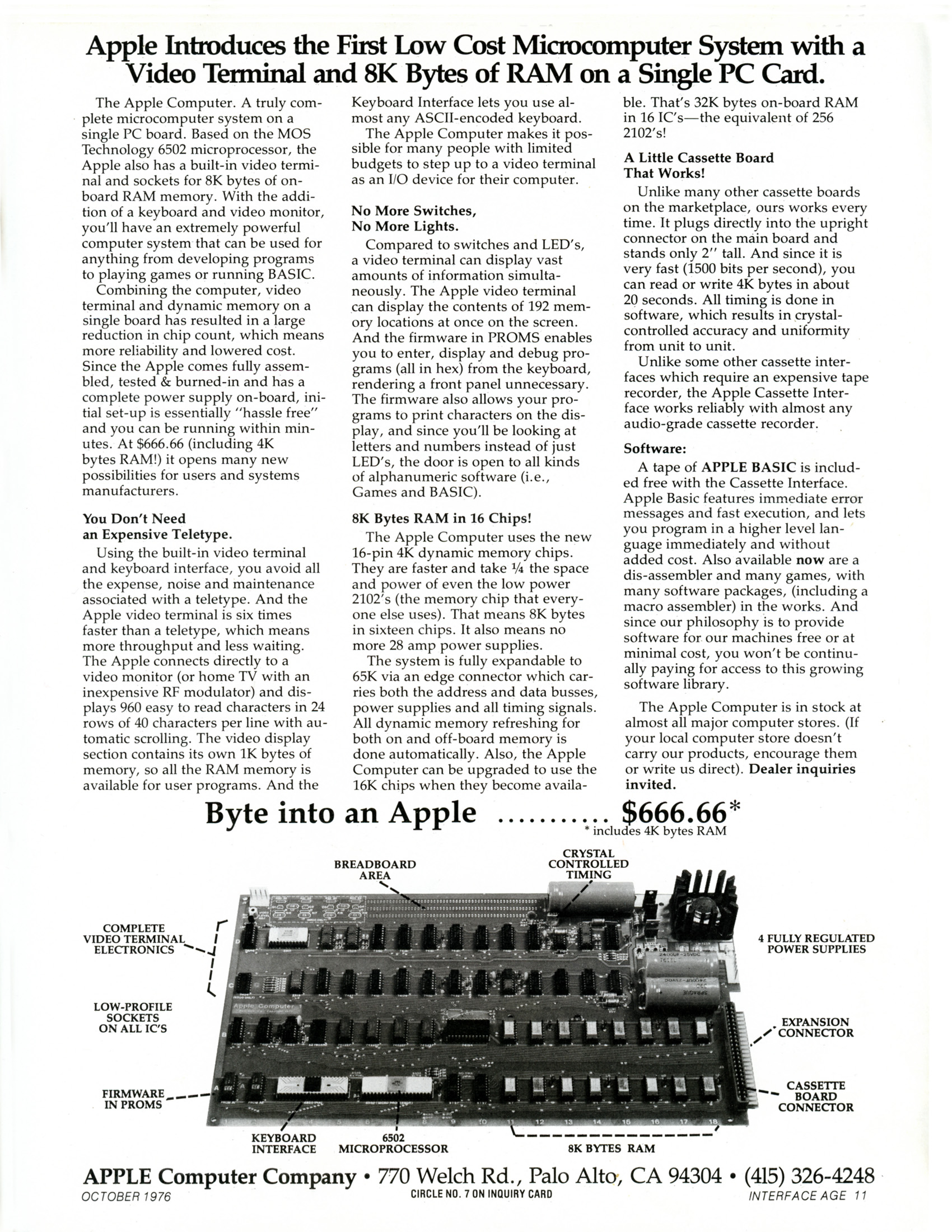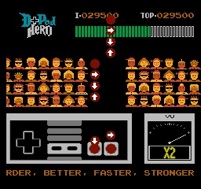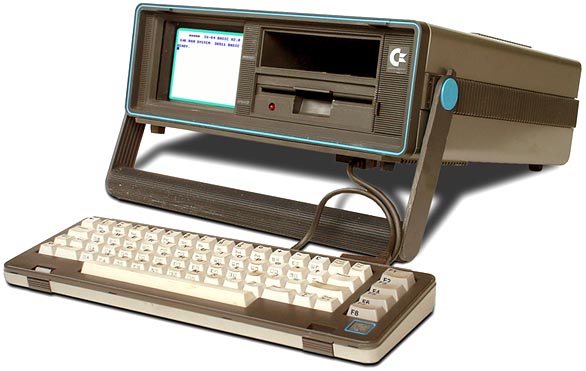Today at This Old Box marks the start a new series:
DON'T GET RIPPED OFF!, in which I explain to you the most important mission of being a nerd: buying used video game consoles that actually work, and bargaining for a fair price on them. So before you bid on that eBay auction or head off the the flea market to do some snooping, read my guide and make sure your purchases are extra-smart.
This time on
DON'T GET RIPPED OFF!: the
Nintendo Entertainment System. Unfortunately, the NES is one of the flimsiest of all vintage consoles, despite Nintendo's squeaky-clean reputation for quality. So many things can go wrong on one, as I'll explain, that it's a small wonder any still exist. Luckily for you, there are a few easy red flags and things to look out for to determine if the system you're looking at is a dud.
The first thing you're going to do is head over to Radio Shack and pick up an
RCA Male to 3.5mm Female cable (for around $3). It looks like this:
The reason you're buying this is to insert that red thing into the RCA jack in the back of your Nintendo here:
 |
| The RCA output is the jack to the right. |
The reason you're doing this is so you can use headphones to listen to the system as you start it up, so you don't need to plug the thing into a TV to make sure it works. You'll also need to insert a working game into the system while you test it. If you hear nothing when you power the system on, you're almost definitely experiencing one of two problems:
Problem 1: The reason for around 50% of NES system failures is a problem with the front-loading
zero-insertion force (ZIF) cartridge slot. Frequent insertion and removal of cartridges will wear down the pins in the slot, causing it to malfunction. Open up the front cartridge door, and use a flashlight to take a look at the cartridge socket. If it looks tarnished or dirty, chances are it needs to be cleaned or replaced. Cleaning it poses a risk of electrical shock, and replacements haven't been sold since 1991. So, you're best off simply avoiding a system with a dirty cartridge socket.
Problem 2: The other 49.99% of NES problems are caused by the
lockout chip. The lockout chip is a special chip that's used by Nintendo to "lock" any game that's not licensed by sending a spike of electricity to the system, preventing it from starting. If the lockout chip has oxidized or is otherwise malfunctioning, the machine will reset every second and the front power light will blink on and off.
Looks are decieving, so don't just buy the best-looking console that you see. The NES is constructed from reinforced ABS plastic, which typically yellows after years of exposure to oxygen and sunlight, so even completely functional systems can look like crap at first glance. What matters is not what the outside looks like, but how the delicate internal components perform. If the machine starts up normally and audio can be heard from your special magic headphones, with no hissing or blinking lights, your console is most likely good to go.
When it's time to bargain on a price,
haggle aggressively. Usually, a working NES should sell for between $25 and $75, depending on condition and included accessories. There were several models and packages sold over the system's lifetime, some of which are rarer than others. The NES-101 model is particularly collectible; it was made for only a very short period of time in the early 90s, lacks the problematic lockout chip, and sports a sleek redesign far superior to the original, flimsy VCR player-style console. Boxed consoles are also particularly collectible and can fetch hundreds.
 |
| If you see one of these in a flea market or thrift store, buy itI It's worth a lot of money... |
An extra tip on the general topic of buying used video games: when you're haggling, make your offer
lower than the actual value of what you're purchasing, and bargain up. Due to the uniform nature of video games, buyers have a marked advantage over sellers in the used market. Take advantage of this and be bold.
One last tip:
Don't go to large corporate video game stores (like GameStop, FuncoLand, EB Games, etc.)
to buy vintage video games. These chain game shops usually focus on new equipment, and when it comes to selling used games, all they care about is profit. Often they don't even check to make sure used cartridges work. Many times I've had the experience of buying a used machine at EB Games, bringing it home, finding out it didn't work, bringing it back to the store, and getting a lecture from a pimply teenage employee about the store's "as-is" return policy. Don't waste your time or your money.
From me to you, I heartily wish you: Happy console hunting! And finally, because this is a blog about homebrew stuff, I present to you:
the NES Mouse...

 A case in point is Atari's Greatest Hits, just released by Atari for the iPad. The idea sounds great in theory: 100 of the best classic Atari 2600 and arcade games ever made, packed in one free app! Sounds great, right? What they don't tell you, however, is that while the app itself may be free to download, the games cost a buck apiece, or you can download all 100 for $14.99. Can anyone say bait-and-switch? As if that isn't bad enough, the games are slow and buggy, and controlling them accurately with the iPad's baffling touch-screen was a Sysiphean task. I thought it was impossible to ruin a classic like Yar's Revenge, but thanks to Atari's Greatest Hits, I couldn't even get past the first two levels before the damn thing froze and I gave up.
A case in point is Atari's Greatest Hits, just released by Atari for the iPad. The idea sounds great in theory: 100 of the best classic Atari 2600 and arcade games ever made, packed in one free app! Sounds great, right? What they don't tell you, however, is that while the app itself may be free to download, the games cost a buck apiece, or you can download all 100 for $14.99. Can anyone say bait-and-switch? As if that isn't bad enough, the games are slow and buggy, and controlling them accurately with the iPad's baffling touch-screen was a Sysiphean task. I thought it was impossible to ruin a classic like Yar's Revenge, but thanks to Atari's Greatest Hits, I couldn't even get past the first two levels before the damn thing froze and I gave up.









































